All Posts

En principio, Hadoop no parece ser un tema como para discutir en una sala de juntas de una grande organización. De hecho hasta hace poco, no era común escuchar esta palabra fuera de los departamentos de tecnología. Ahora hablar de hadoop no se está volviendo usual sólo en las salas
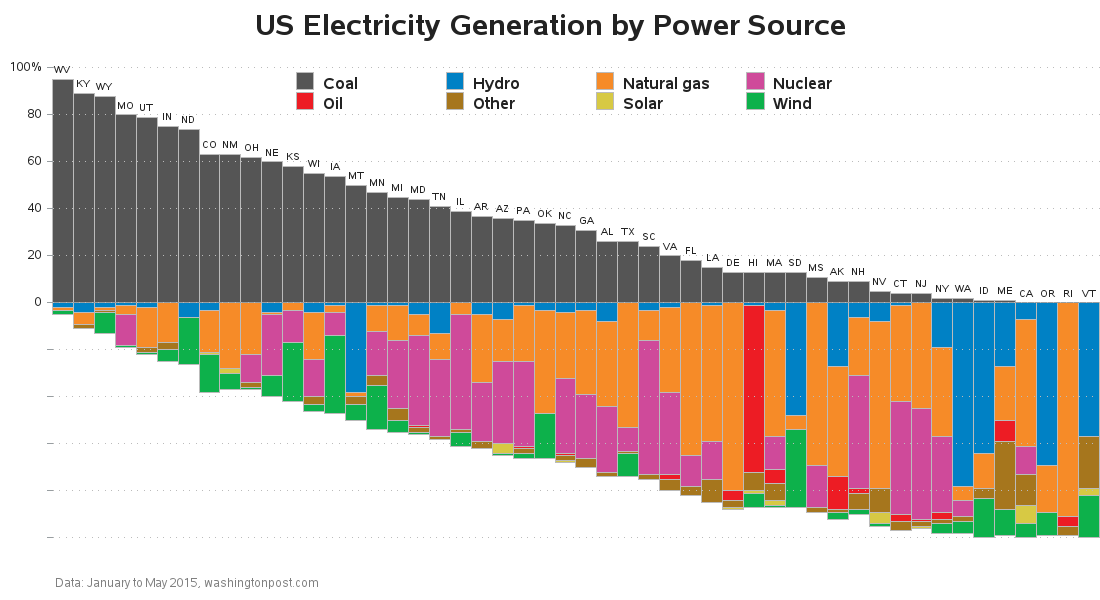
I recently saw an article on washingtonpost.com showing what methods are used to generate electricity in each state. The data was interesting enough that I decided to try my hand at graphing and mapping it with our SAS software. Read along to see what I kept the same, and what
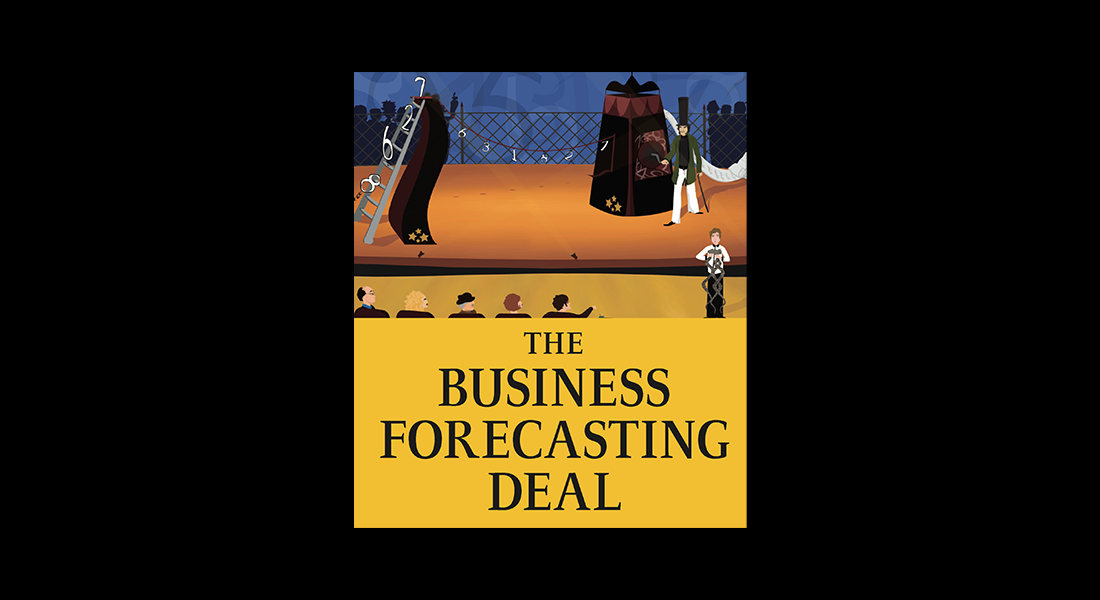
So you think you can outsmart your statistical forecast? Apparently, lots of people do. In "Judgmental Adjustments to Forecasts in the New Economy" (Foresight, Issue 38 (Summer 2015), 31-36), Manzoor Chowdhury and Sonia Manzoor argue that forecasters are becoming more dependent on judgmental adjustments to a statistical forecast. Sometimes this
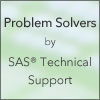
SAS users often ask me about the best way to group or bin their data in preparation for additional analysis. Depending on the need, there are several ways to achieve this using SAS procedures or other SAS processing. Creating user-defined formats with PROC FORMAT or using Data step processing are
The intersection of data governance and analytics doesn’t seem to get discussed as often as its intersection with data management, where data governance provides the guiding principles and context-specific policies that frame the processes and procedures of data management. The reason for this is not, as some may want to
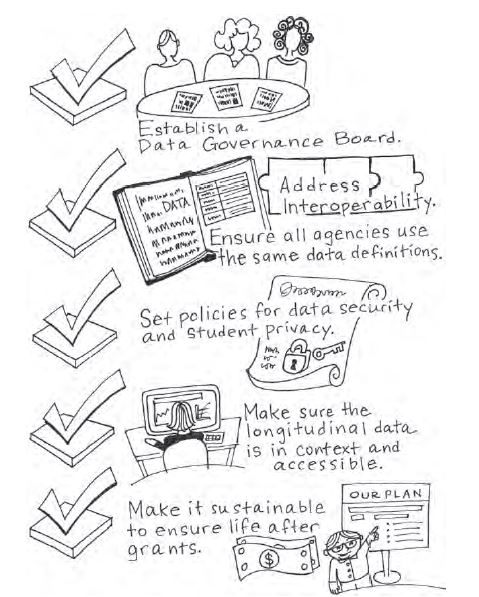
In my first blog post in the Education meets Big Data blog series, I explained the need for Statewide Longitudinal Data Systems(SLDS). In the blog post following, I shared an interview with Armistead Sapp, one of the authors of the book, "Implement, Improve and Expand Your Statewide Longitudinal Data System." In this

Everyone who codes with SAS knows what the SASWORK directory space is, and everyone who has ever managed a medium-large installation knows that you need to monitor this space to avoid a huge buildup of worthless disk usage. One of the most common snarls happens when large SAS jobs go

Machine learning is all about automating the development process for analytical models. One way to extend the use of machine learning is to broaden your library of machine learning algorithms. Another way is to scale your machine learning process by reducing the time required to process machine learning algorithms on
I've spent a great deal of time in my consulting career railing against multiple systems of record, data silos and disparate versions of the truth. In the mid-1990s, I realized that Excel could only do so much. To quickly identify and ultimately ameliorate thorny data issues, I had to up

Are you thinking about completing a fall race? Whether it’s a 5K, 10K, or half or full marathon, it’s going to be here before you know it. I’ve been running for years, and I can tell you, there’s nothing like the motivation of signing up for a race to get
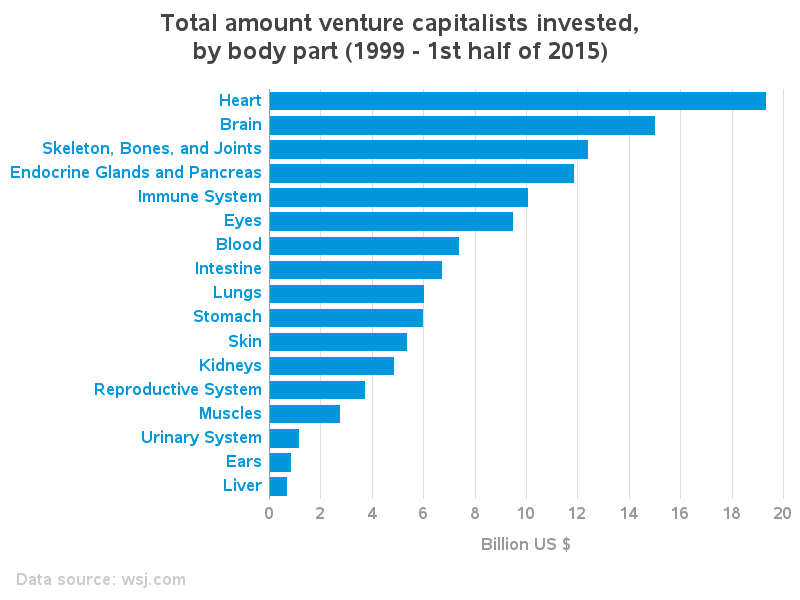
The Wall Street Journal recently published a study of the top 17 medical areas (or body parts) that venture capitalist investments are likely to benefit. They used graphs to summarize the results, but "the graph guy" in me just couldn't resist trying to improve them. Did my improvements help? -

SAS is hosting this year’s European Analytics 2015 conference in Rome November 9 – 11. This three-day inspiring event will give you the chance to boost your company’s analytics culture in an international environment to make sure your knowledge and expertise meet the demands of the digital era. But what if
Now that another summer of 12-hour family road-trips to Maine and Ohio, pricey engineering and basketball camps for the kids, and beating the heat at the beach are over, I've taken a fresh look at what people are focused on with their data – and what SAS is providing in the data management space.
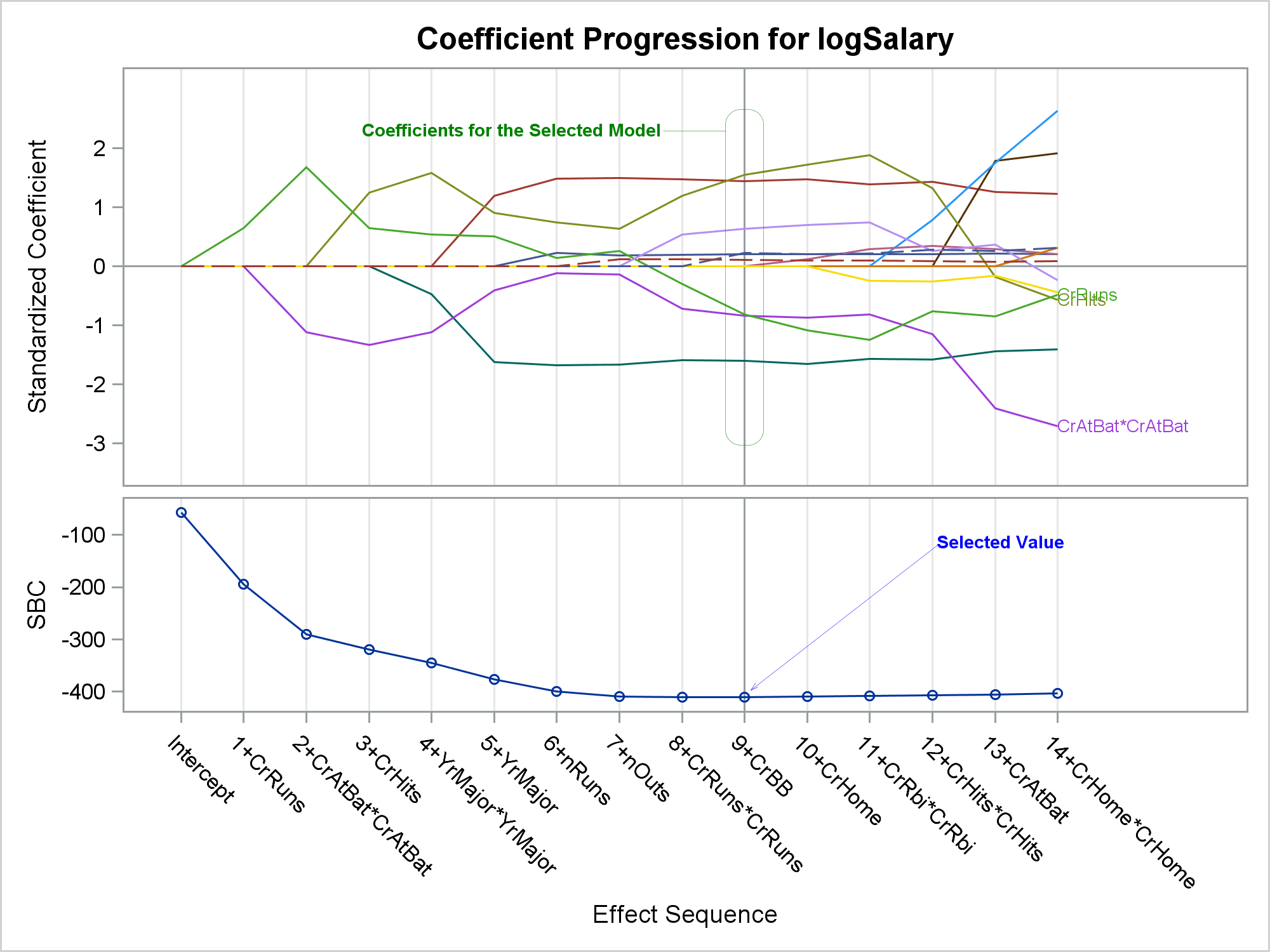
In the past few weeks, I have written two posts on SG annotation and on saving and then modifying the graphs that analytical procedures produce: Modifying dynamic variables in ODS Graphics Annotating graphs from analytical PROCs Today, I finish this series with one more post. This one shows how you
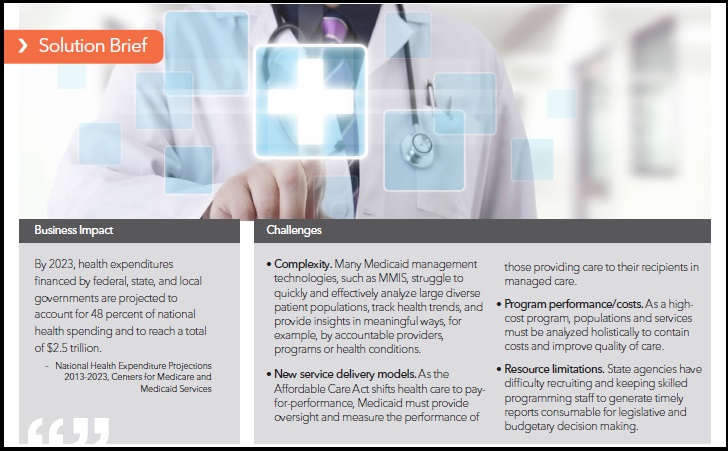
Today’s Medicaid environment is drastically different from that 5, 10 or 20 years ago. Medicaid enrollment has grown to monumental heights with recent CMS numbers (April 2015) at over 70 million. As enrollment rises, concerns about efficient management of care access, cost, quality, and effectiveness have become even more prominent.













